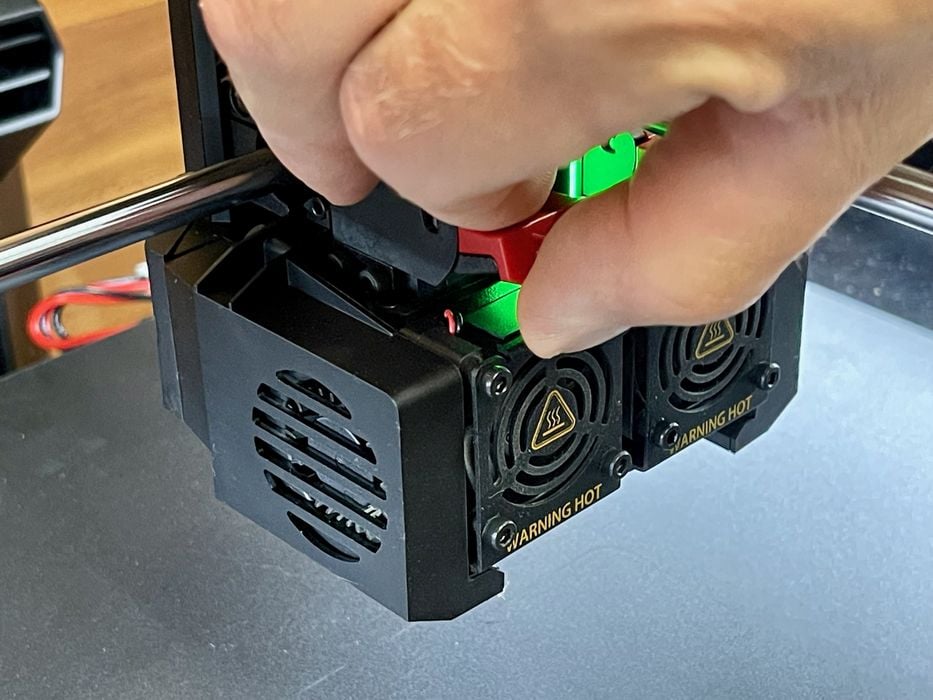
Predictive maintenance uses smart technology to prevent costly machine failures and minimize downtime in industrial 3D printing operations.
Machines aren’t faultless – mistakes happen, parts fail, software malfunctions. Maintenance is an unavoidable part of using machinery to produce and create. For industrial 3D printing businesses, though, downtime can be costly, slowing down multiple areas of production and interrupting daily duties.
As SLS 3D printing becomes more popular, repair and maintenance solutions that can keep up with production demand are vastly necessary. Predictive maintenance is a valid solution for machinery upkeep. We’ll explore the way predictive maintenance can positively impact industrial 3D printing.
What Is Predictive Maintenance?
Predictive maintenance uses data collection and analysis to monitor machinery for potential failures and breakdowns. This type of proactive maintenance utilizes smart technology like Internet of Things (IoT) software and edge computing to identify the best time for a machine to receive maintenance. With predictive maintenance, there’s no need for the production process to come to a lengthy halt. Issues can be rectified before they reach extreme severity, and team members can take note of any new concerns that may require scheduled attention. Maintenance becomes an expected, routine process rather than a sudden interruption.
Machines can receive routine updates using sensor-based technology and other integrated smart systems when needed to maximize efficiency. Doing so can reduce repair costs and decrease operational downtime. Predictive maintenance can also extend the life of 3D printing devices, many of which can be incredibly expensive to replace for large-scale industrial production.
How Predictive Maintenance Enhances 3D Printing Environments
Overall, the 3D printing industry relies on accurate calibration to develop the best product or part possible. With predictive maintenance software, machine accuracy can be managed at all times. Data analytics software can generate reports for team members to review, helping them identify patterns of optimal productivity and pinpoint abnormalities. This same data can help schedule the best time for maintenance to decrease safety risks, maintain product integrity, and mitigate financial losses.
Look below for further insight into predictive maintenance’s beneficial impact on industrial 3D printing.
Increasing Workplace Safety and Morale
Upholding safe workplace practices is perhaps the most important part of running a business. Employees are more willing to work with a company that emphasizes safe practices and is always looking for new, innovative ways to ensure job site safety. A healthy safety culture elevates employee morale and attracts new employees looking for a workplace that values them.
Predictive maintenance is a great way to keep workers safe in the long run. Companies should run routine safety audits to ensure all machinery and operations comply with workplace safety standards. Predictive maintenance software can use a mix of AI and IoT sensors to detect issues with the 3D printing machinery or discrepancies in the items they produce. This prevents employees from working with faulty machinery that can result in injury. Rolling out predictive maintenance by offering training about the software and informative documents is a great way to get all employees familiar with the technology while letting them know this innovative practice is both for the health of the company and their personal safety.
Lowering Operating Costs
Reactive maintenance is an expensive company practice. Since reactive maintenance means waiting until something breaks to fix it, this also means either fully replacing the faulty part or spending time, funds, and materials to repair it. It also means the damaged machinery is out of commission until a solution is rendered.
Unplanned or reactive maintenance can be a real financial burden for industrial businesses. It leads to pauses in productivity, which can result in losses of up to US$26,000 per hour for manufacturers. Proactive maintenance reduces this downtime by further identifying issues and scheduling maintenance for times when production won’t be largely interrupted. It reduces costs spent on part replacement and machinery repair, preventing any financial upsets due to productivity loss.
Helping Maintain Integrity for Machines that Use 3D Printed Parts
Companies that depend on industrial 3D printing do so for the time efficiency and consistency associated with part production. In recent years, companies have turned to 3D-printed parts to supplement the delay in part production from other manufacturers. 3D printed materials can be developed quickly but can be more prone to degradation if not maintained appropriately. Degradation can be a significant safety issue if not addressed in time.
Luckily, sensor-based predictive maintenance technology can regularly measure these parts and alert team members when the parts have degraded to the point of replacement. For example, a recent study focused on 3D printing maraging steel showed that sensor-based monitoring and detection technology helped identify the integrity of the steel parts, giving soldiers an advanced timeline of part degradation. This technology gives plenty of time for the parts to be replaced so that the crucial mission at hand can continue without interruption.
Predictive maintenance implementation is the future of effective industrial 3D printing processes. It creates an opportunity to further productive development and leaves room for inspiring creative practices rather than devoting time to rectifying machine-related emergencies.
